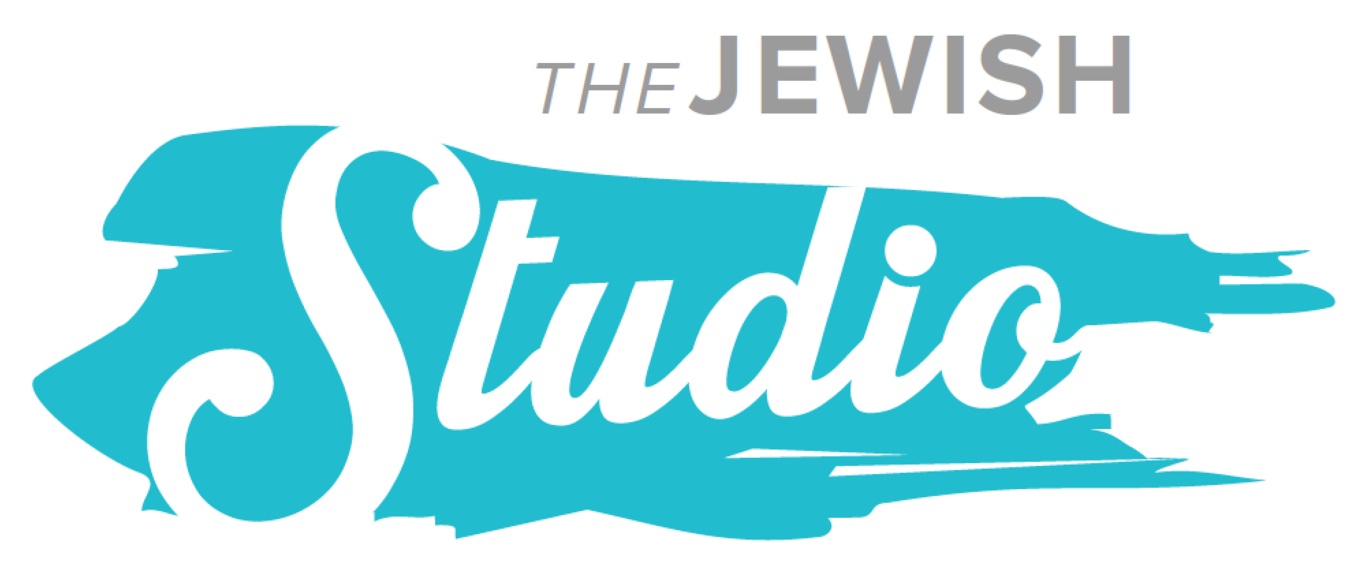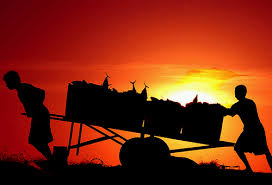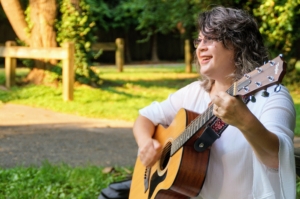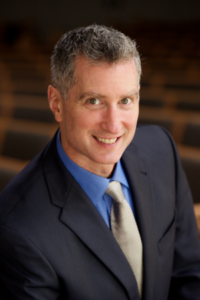Part of a yearlong series on resilience in Jewish spiritual life.
Watch enough cable or online “news,” and you might sense a U.S. society more polarized than ever before by political party, class, race, ethnicity, geography and religion. Public disagreements speedily become disagreeable, and disputes fuel scorched-earth campaigns to destroy disputants.
What are we to do? What’s a loving God to do? Turns out that our ancient narrative of God has bloody hands, too – which might be trying to teach us something by shocking our conscience. This lesson, it turns out, offers a key to navigating our complex and conflict-riddled world with spiritual and emotional resilience.
In one of Torah’s most poignant and perplexing narratives, from this week’s Torah portion (Korach), an understandable rebellion against Moses becomes deadly. Moses responds with humility and genuine leadership, by falling on his face. By contrast, this narrative’s God responds with alarming pique: “Stand back from this community that I may consume them instantly” (Num. 16:21).
Yes, you read that right. Torah records God to respond with not only a death sentence but also a communal death sentence that would be levied against everyone. No, not against only the rebels: everyone!
Nachmanides confirms this interpretation, and he offers no justification. Rashi, who usually has much to say about everything, seems shocked into silence: for once, Rashi has nothing to say. He’s left speechless.
Thankfully, the story turns out better than it starts: Moses talks God down from the rafters, and God limits divine punishment only against the rebels. Whatever we might make of the rebellion or the response, at least innocents aren’t condemned with the rest.
But what are we to make of God’s conscience-shocking over-generalizing threat against everyone?
If we’re brutally honest with ourselves, we must admit that we too paint with over-broad brushes against perceived adversaries and people who seems different from us. So affirms social identity theory, but we don’t need highfalutin psychologists to tell us what we already know from experience. Racism, sexism, anti-Semitism, homophobia and other forms of group discrimination are only the most noxious forms of the very human (and very flawed) trend of lumping people into in-groups and out-groups, then painting out-groups with broad brushes that paint them negatively.
In other words, our brains are wired to generalize criticism of others. Think about all the times you say, feel or think about “them” (or any subset of “them”) as a group. Check the news and watch this facet of social identity theory play out. Once we see it, it seems to be most everywhere.
Resilience lies in naming this dynamic (in psychological terms, thus “inoculating” somewhat against it). Name the dynamic and we become less likely to paint with such broad brushes, with all its flawed us-them thinking that’s often so damaging. If we all could honestly name our own us-them thinking and expose it to genuine light, odds are that much of today’s public vitriol, racism and hatred would wane.
Maybe Torah teaches us this lesson precisely by positioning God as the One to go so far over the top. If an ostensibly omniscient God can look again and repent of painting with too broad a brush, then perhaps we can too. And if we do our parts, we and our world can become more fair, more safe and more resilient for it.
– Rabbi David Evan Markus













 Evan J. Krame was ordained as a rabbi by the
Evan J. Krame was ordained as a rabbi by the